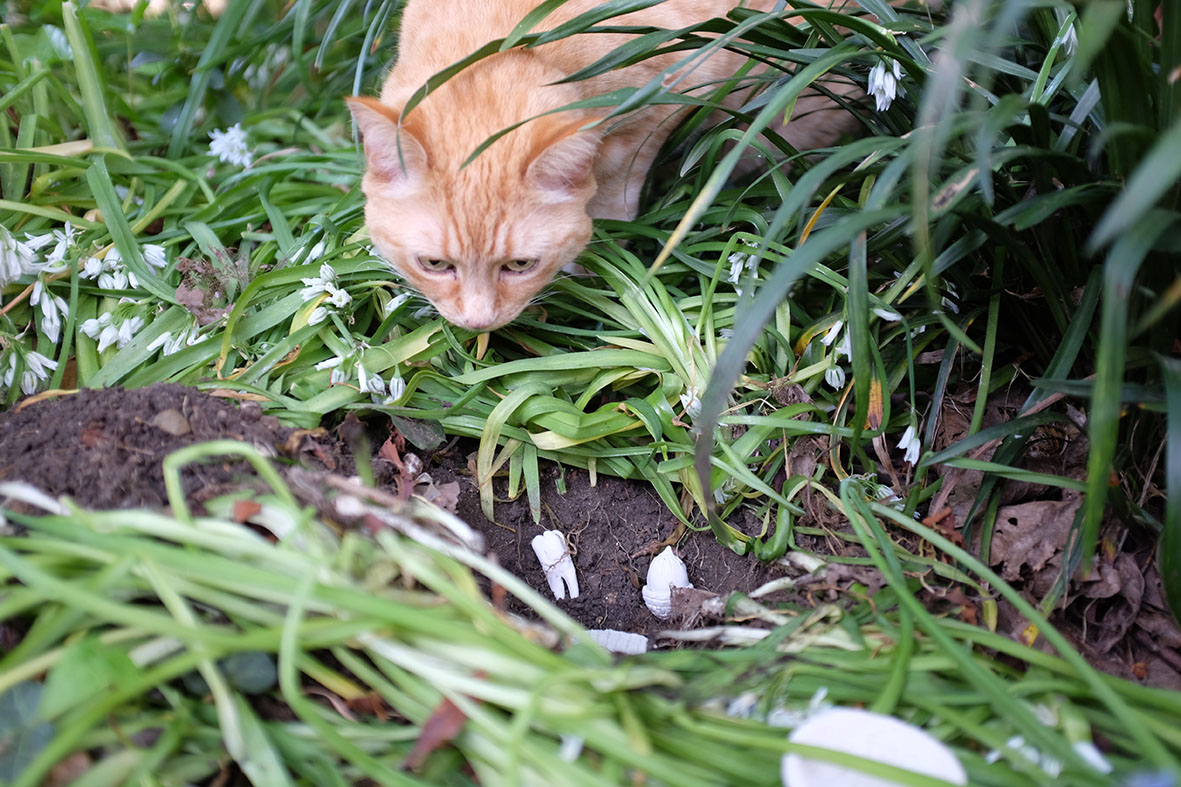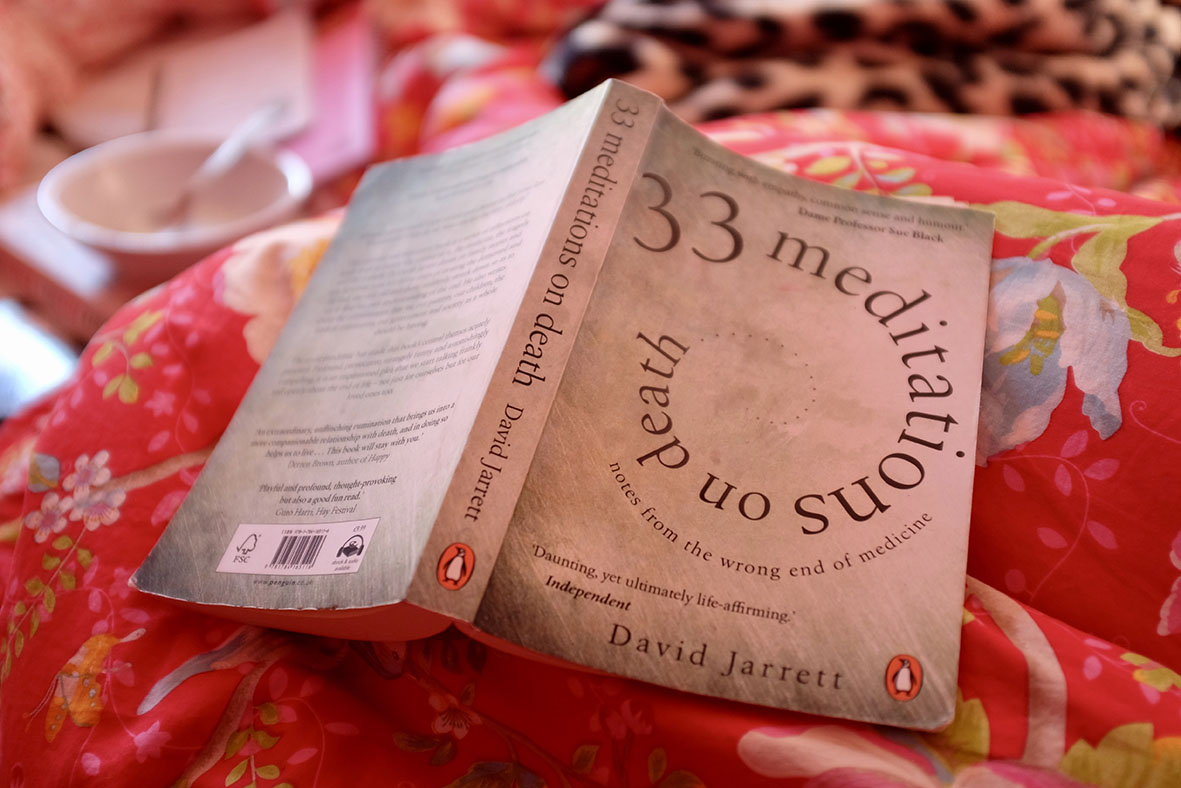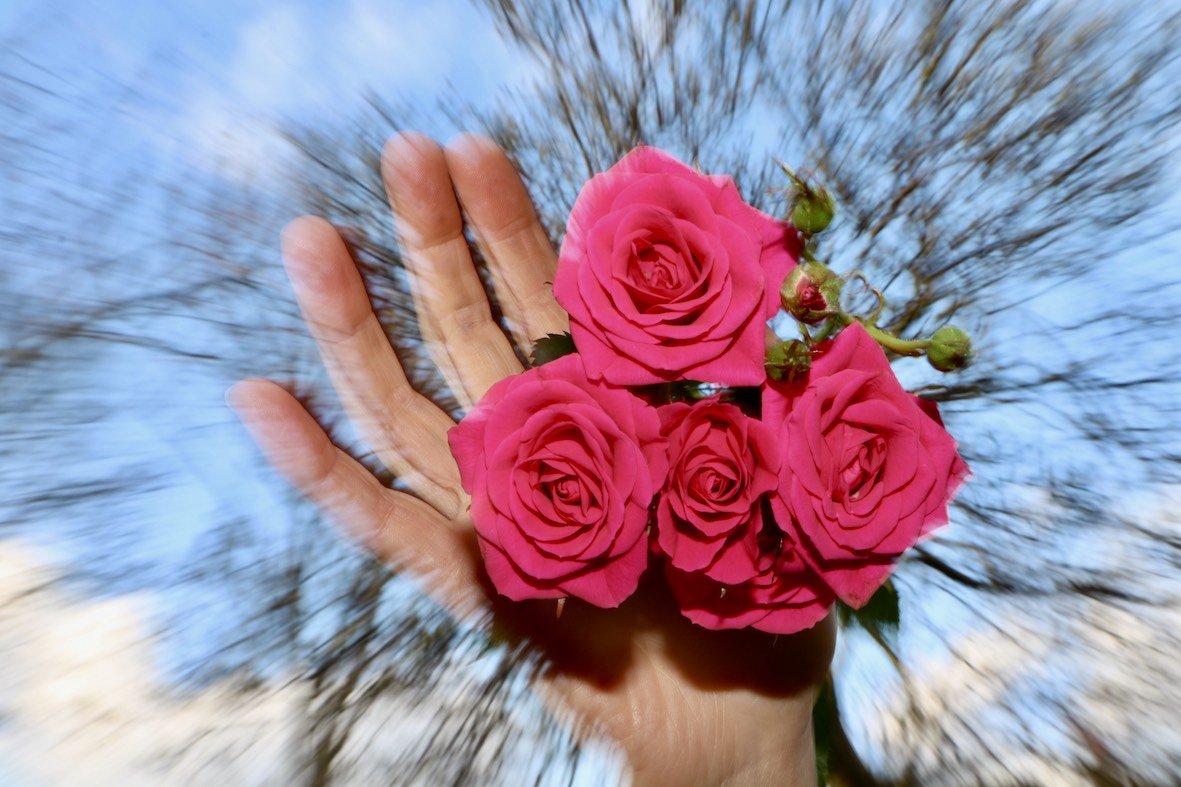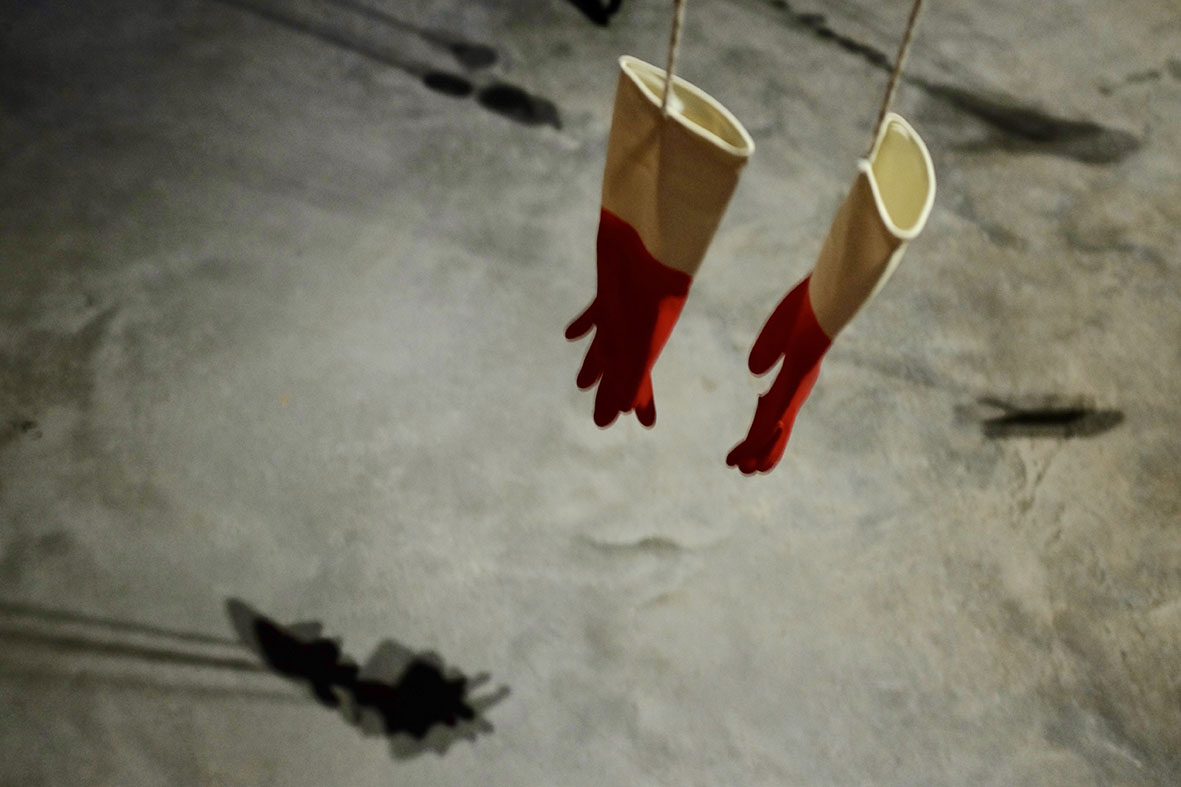15 May Earth Ritual
It is a beautiful day. The sun is shining. Windows and back doors are open. I can hear the boy next door calling to his friend’s Dad in the garden on the other side of us. I feel deeply rooted in this place, and enjoy the friendly connections between people and pets.
I have just returned from a gathering of friends, where conversation about melting glaciers and soil quality sit nestled with tales of frivolity and pleasure. I decide this is a good moment to complete the Earth ritual I have been preparing.
My deep time ancestors would have known rites for honouring the earth, been aware of Mother Nature’s generosity. They would have known how to live, in right-relationship with resources, been in awe of the elements, but I am still finding my way.
This is a practice I have learned from Francis Weller, to offer gratitude to the Earth, in response to ‘The Sorrows of the World’ (from his ‘Gates of Grief’). I have made an intuitive selection of small clay totems – a Beech leaf, a flower, an acorn, a Cowrie shell, a tooth, and a small bowl. I have inscribed “My tears are for…” on the bowl to symbolise the sadness I find hard to express.
In the face of the changes that are happening – weather disruption, bio diversity loss, and carbon emissions, it is easy to feel hopeless. I am working to remain in relationship with the natural world, and my grief, as I recognise my inter-being with the more than human world. A practice of giving thanks and offering gifts can foster this connection. It is a micro action in the face of a prevalent ‘extractive’ attitude to our planet.
Under the magnificent magnolia tree, I dig a hole. Ginger Girl – the cat from next door, (who regularly appears for on-line Grief Tending workshops) shows up. I place my clay offerings into the hole while chanting. Ginger Girl, after inspecting my work, turns to squat. A stream of yellow liquid fills the small bowl. These were not the salt tears I imagined, but present an image of a different kind of regenerative cycle. She then turns back again and scrabbles with her front paws, neatly filling the hole with earth again. She then sits looking satisfied. We both look up, as two of our regular squirrels travel across the branches of the tree above us. I offer apple, oats and incense as further blessings, feeling nature’s magic alive in me.
See here for next Grief Tending events.
Sarah Pletts is a Grief Tender and Artist who offers workshops in London and online, sharing rituals where grief on all themes is welcome. For more information about Grief Tending events see here.













